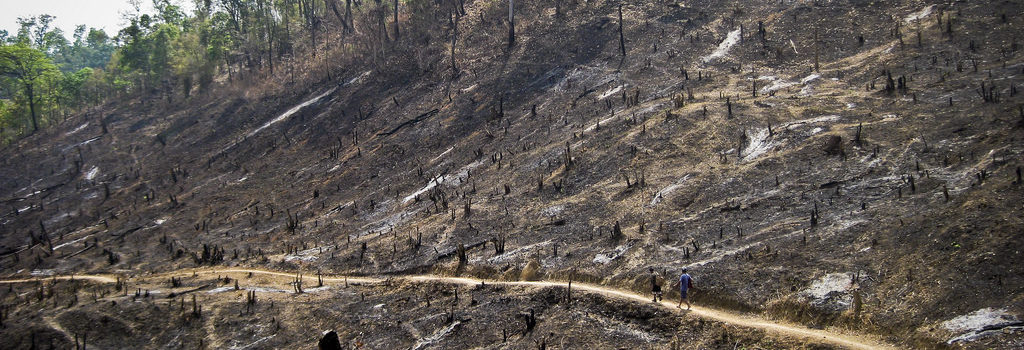Water is pretty great, right? It’s able to carry people and goods long distances, can be cooling for many animals in hot areas, and it is a key element of life on Earth.
As nice as water is for human beings, we often take it for granted. The average American uses between 80-100 gallons of water per day doing various tasks. Some of these tasks can be surprisingly inconspicuous; taking a shower longer than 15 minutes, for instance, can use more than thirty gallons of water. However, those statistics are nothing compared to 3,000 gallons that can be lost annually due to a single leaky faucet or showerhead.
This can be certainly taxing for the natural environment, as even major lakes and rivers such as the Colorado River have dried up due to water mismanagement and overuse in the past. While Agriculture may be an especially hard hitter when it comes to water use, everyday tasks are also something to keep in mind when conserving water.
With that, a few more ways that you can help reduce your water use that are:
- Don’t wash small/half-full laundry loads – Along with cleaning fewer clothes, a modern-day load of laundry can demand up to 15 to 30 gallons of water, with older models sometimes using as much as 45 gallons!
- Switch to a “low flow” shower head – This choice is not only environmentally friendly but cheaper too! A low-flow showerhead can use up to 75% less water than a conventional shower head, conserving both water and costs!
- Avoid wasting food– A 2013 study by the World Resources Institute indicated that the wasting of 1.3 billion tons of food was equivalent to the wasting of 45 trillion gallons of water! It’s a shocking statistic, especially as the same institute believes it accounted for nearly ¼ of all agricultural water waste in the same year.
Hopefully, you can find ways to apply these tips in your own life– or if you’re already practicing these, you can comment below any more environmental tips you may want to share. Either way, stay mindful or water use, as too often it can stumble into water waste.




